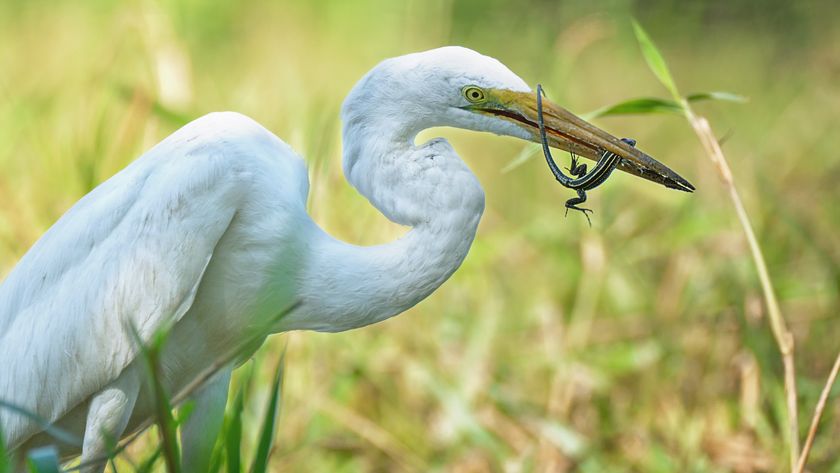Behold the Cactus Wren! Amazing Photos of the Desert-Dwelling Birds
Spirited fowl
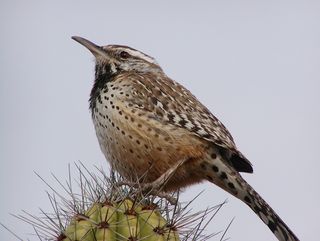
Across the desert regions of the southwestern United States southward into central Mexico, a feisty little bird thrives. The sight and scolding sounds of the cactus wren, Campylorhynchus brunneicapillus, is a daily occurrence for all who live among them in these large desert regions of North America.
Life span
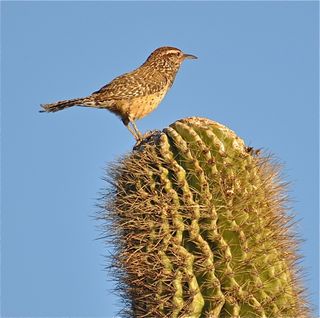
The cactus wren is the largest wren in North America, growing to be 7-9 inches (17-23 centimeters) long and weighing from 1-3 ounces (28-85 grams). Banded cactus wrens have been shown to live upwards of 6 years.
Pretty face
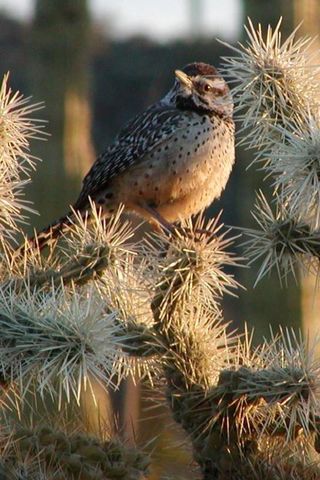
Cactus wrens have a distinctive white eye stripe above and behind each eye. Its breast is heavily spotted with shades of brown, black and sometimes a hint of orange. Its wings and long tail are barred with white, black and brown feathers. The bird's beak is slightly curved.
Desert dwellers
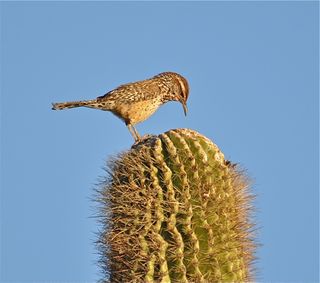
Cactus wrens are desert dwellers and live in and among the forests of cacti found across this region. The sharp spines of the many species of cholla cacti are among its favorite, because the woody interior of the cholla cacti is strong enough to support the bird and its large nests.
A place to call home
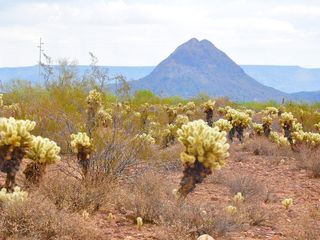
Forests of cholla, such as these anything-but-soft Teddy Bear cholla (Cylindropuntia bigelovii), are common across the desert regions of California, Nevada, Arizona, New Mexico, western Texas and the desert regions of western and central Mexico. Where you find a cholla forest you are sure to find the cactus wren.
Nesting
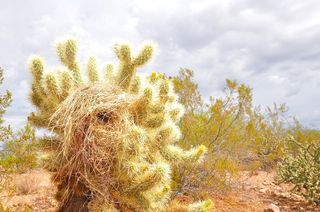
The female cactus wren will select the nesting site among the cholla or within thick desert scrub and trees. The birds will even nest in an abandoned woodpecker "boot" found within a giant saguaro cactus (Carnegiea gigantea). Males help build the large football-shaped nest from local grasses with the interior lined with soft feathers. The side entrance helps protect the young from local predators.
Family time
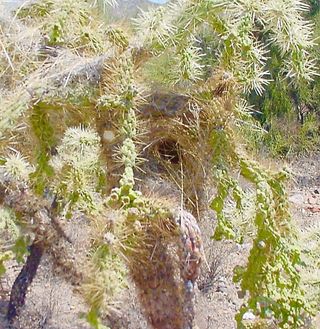
Cactus wrens mate in late February through March. They may produce up to three broods every season. Three to six eggs are laid and hatch in about two weeks. The young leave the nest within three weeks of hatching. Cactus wrens often build two nests: one for their young and one for their own roosting. Here, a cactus wren's nest is built among a chained-fruit cholla (Cylindropuntia fulgida).
Sign up for the Live Science daily newsletter now
Get the world’s most fascinating discoveries delivered straight to your inbox.
Hearty animals
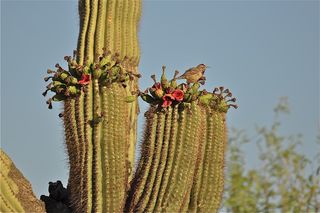
Cactus wrens are true desert dwellers. They survive well for long periods of time without ever drinking free-standing water because they get their moisture from the fruits, seeds and insects that they feast on. Here, a cactus wren eats the ripened red fruit of a saguaro.
Snack time
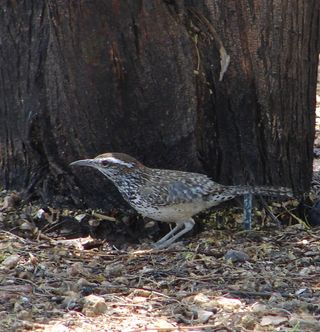
Cactus wrens are mainly ground foragers. Their quick, wren-like movements make them excellent hunters of even small reptiles. They overturn leaves and rocks looking for any small creature hiding underneath. The birds tend to feed during the early morning hours, avoiding the extreme high temperatures of hot summer afternoons. They are often found searching for food in the shady areas found under the desert shrubs and trees.
Unique voice
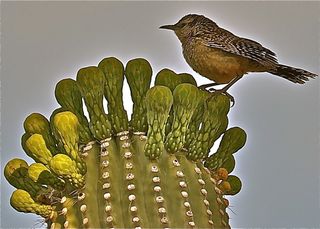
The loud and raspy call of the cactus wren is a common sound throughout these desert regions. The notes resemble somewhat of a "char-char-char" sound. Cactus wrens are noisy birds, and they will challenge any other bird, animal or human who happens to come within their territory. Males and females form pair bonds and will defend their territory through the year.
Good neighbors
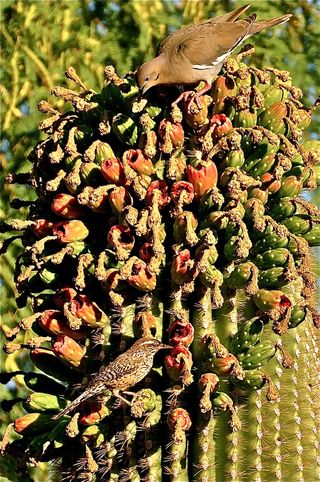
Cactus wrens live well among humans. They are common residents in the cities of these desert regions. The birds scold and call out humans as well as the family dog or cat anytime one gets too close to a nest or near the young. Here, a cactus wren finds a tasty meal of saguaro seeds along with a friendly white-winged dove (Zenaida asiatica).

